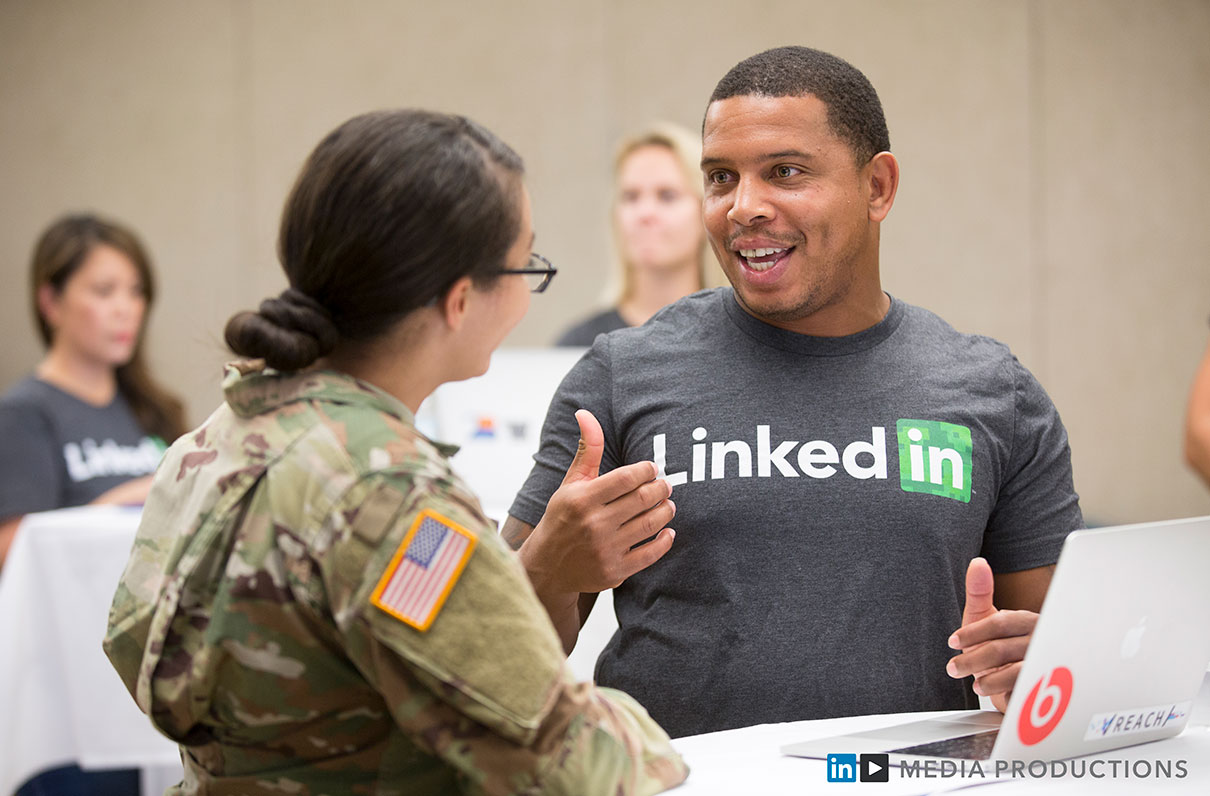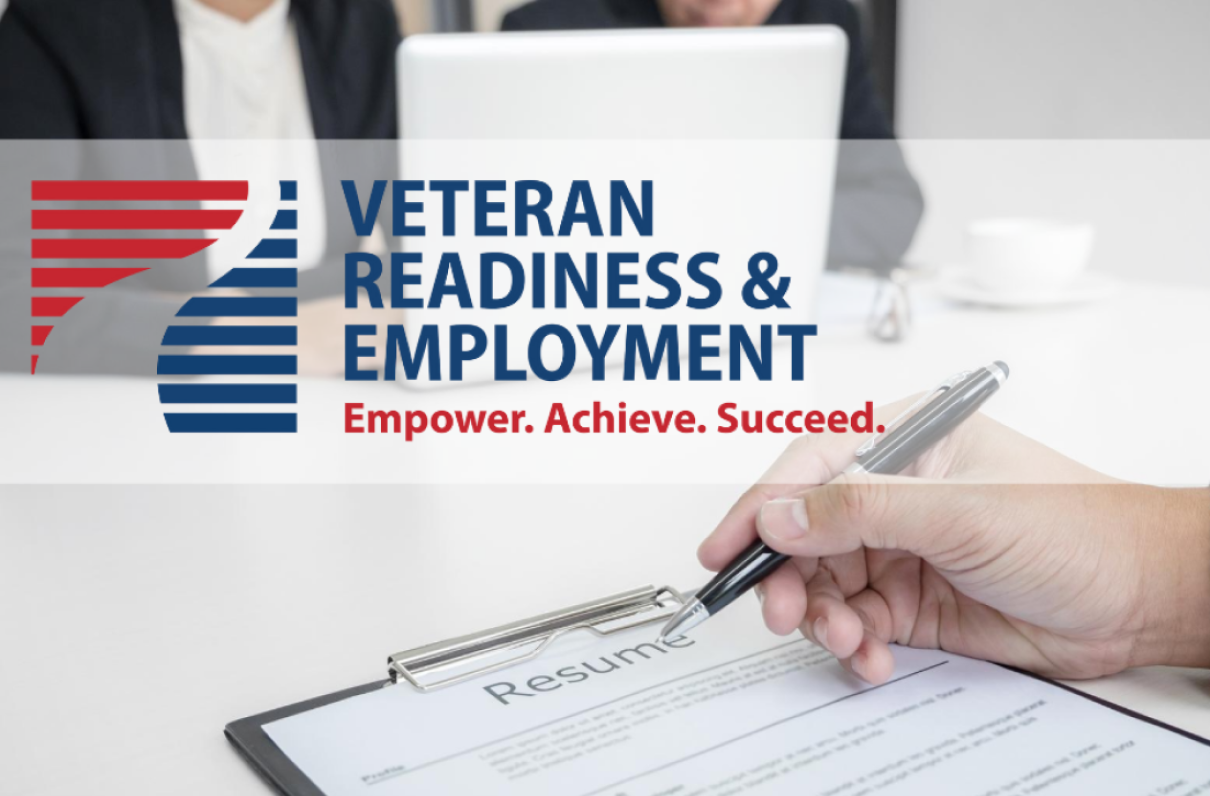A recent report by the career-networking giant LinkedIn calls veterans a “pool of untapped talent” for corporations, citing strong qualifications that don’t always lead to ideal results.
The study surveyed LinkedIn members with bachelor’s degrees or higher, looking at experience, application trends, hiring practices, and many more career factors. You can check out the full report here (and learn more about LinkedIn’s work with veterans here), but here are five key takeaways to consider, whether you’re seeking a job or considering tapping the veteran talent pool for your business:
[RELATED: Visit MOAA’s Job Board]
1. Facts first: Why hire a veteran? They’re 160% more likely than nonveterans to have at least a graduate degree, the report states, and once they’re on board, they are 39% more likely to be promoted before nonveterans. That same percentage of veterans are more likely than nonveterans to take on a leadership role within their first three years at an organization.
2. The bad news: As Military.com outlines in its coverage of the report, not all veteran-recruiting efforts lead to robust job offerings. Veterans received more interest from recruiters than their civilian counterparts, but they are 70% more likely than nonveterans to “take a step back in seniority” if they do land a job, per the report. It’s unclear why, but the discrepancy could come from civilian employers undervaluing military experience – this would also explain why many veterans climb the ladder more rapidly than their civilian counterparts (see above), as they may be quick to prove their value.
[RELATED: 6 Tips to Maximize Your LinkedIn Profile]
3. A new direction?: More than half – 55% -- of veterans say they want their civilian career to be different than what they did in the military, per the report. However, veterans still apply at higher rates in traditional veteran-centric industries: Defense, government, aviation, transportation, and logistics, to name a few. Not surprisingly, these industries hire veterans at higher rates than sectors such as marketing, entertainment, and health and fitness.
4. Education 101: While the veterans surveyed tended to have better academic credentials than their civilian counterparts, the study pointed to just a 25% overlap in the most popular veteran schools versus the most popular nonveteran schools. Veterans are also more likely to have a nonlinear education path, with breaks for service or a reliance on online courses during deployments. “This likely worsens the gaps in understanding between the two communities,” the report states.
[RELATED: Join MOAA's Career Networking Group on LinkedIn]
5. LinkedIn’s advice: The report suggests companies expand their veteran hiring efforts – not surprising, given the statistics unearthed above. Among the recommendations: Train managers to better understand the value of military experience, strengthen regional recruiting instead of national hiring efforts, and partner with groups that specialize in military-to-civilian transition.
MOAA offers a suite of career transition assistance for transitioning servicemembers and their families – résumé critiques, LinkedIn profile reviews, an exclusive job board, networking support, and more. Click here for membership details.



